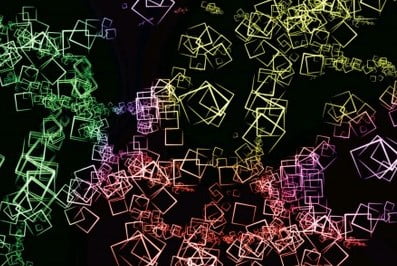
Psychology and AR
Psychology like many other sciences is now benefiting the advantages of Virtual and Augmented Reality. This effects generation X to Z. Here is some insight into the newest technology that will very soon impact all aspects of life. Some AR uses in Psychology.
Phobias:
It is found that Augmented reality is useful for treating several psychological problems. These include phobias such as fear of flying, agoraphobia, claustrophobia etc. Doctors believe that augmented reality can be used to treat some psychological disorders. Moreover, in AR visions, users see their own hands, feet, and so on. They can touch the table that animals are crossing or seeing their feet while the animals are running on the floor. Whereas, VR only simulates this experience. The question arises as to the kinds of psychological treatments AR and VR are most suited for.
Autism:
Psychologists often asked how augmented reality used to help patients who have an autism spectrum disorder diagnosis. ASD is a developmental disorder that affects communication and behavior and often appears within the first two years of life. AR is a technology where digital information is superimposed on the real world. Augmented reality is emerging as a promising technology to help those with ASD. AR understand tasks and the world more fully by bridging the physical and digital worlds. We’ve done some digging into the impact of AR on ASD and research shows to be positive in a variety of situations. AR can encourage play and improve language, communication, emotion identification, and vocabulary. Results also indicate benefits like increased motivation, attention, and the learning of new tasks.
Children:
Augmented reality has great potential to enrich children’s lives through AR experiences in education and entertainment. A major difficulty in designing for children is that tremendous physical and cognitive development occurs across the first 10 years of life. Therefore the changes in children’s capabilities and limitations impact how these users respond to AR designs. Therefore the AR designs and applications has to be re-designed for almost every age and the versions have to be introduced to the children. Currently, how developmental changes relate to AR designs, or what AR designs are effective for young children not known well. We can not say it is solidly used in children Psychology.
However, it is possible to use for children’s skills in the categories of motor abilities, spatial cognition, attention, logic and memory. AR promises to be a tool that provides a quantum leap in psychology education and medical applications.But we trust the field’s understanding of AR usability and design, resulting in the generation of effective AR experiences for young users.



